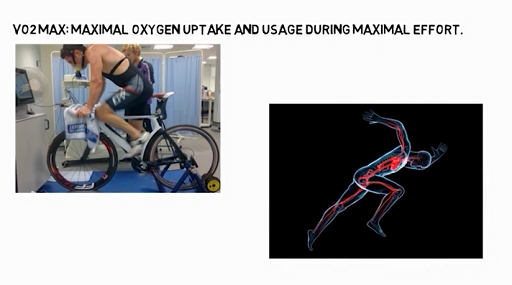3.3 Exercise economy
Being more economical during endurance exercise should lead to a reduction in the amount of energy used for a given power output, and therefore postpone the onset of fatigue. In running, for example, if two athletes have the same VO2 max but one has a better running economy, that athlete would use less energy when running at the same speed and should therefore be able to run for longer, or faster, for the same power output. In Activity 3 you’ll investigate running economy further and how you can improve it.
Activity 3
Watch Video 1, which explains the factors that determine running economy and how these may be improved. While you watch Video 1, note down the factors that you as an athlete or coach may be able to influence – for example, if working with a marathon runner, how could you improve their running economy?

Transcript: Video 1 Improve your running economy
Discussion
Running economy is determined by multiple predetermined factors. However, there are some factors that can be trained for. A marathon runner may improve their running economy by reducing body fat (if they need to), wearing lighter shoes with good cushioning, and improve their biomechanics (in terms of freely chosen stride length, minimal movement at the arms, more acute knee angle, and low bouncing when running). Additionally, by including resistance and plyometric training in their training programme they can enhance their running economy by improving the function of her neuromuscular system.
For longer-duration events where fatigue plays a relatively larger role, lactate threshold and running economy become relatively more important. However, in shorter-duration endurance events (such as a 5 km run), where fatigue plays a smaller role, the VO2 max and anaerobic capacity of athletes should correlate more accurately with performance.
